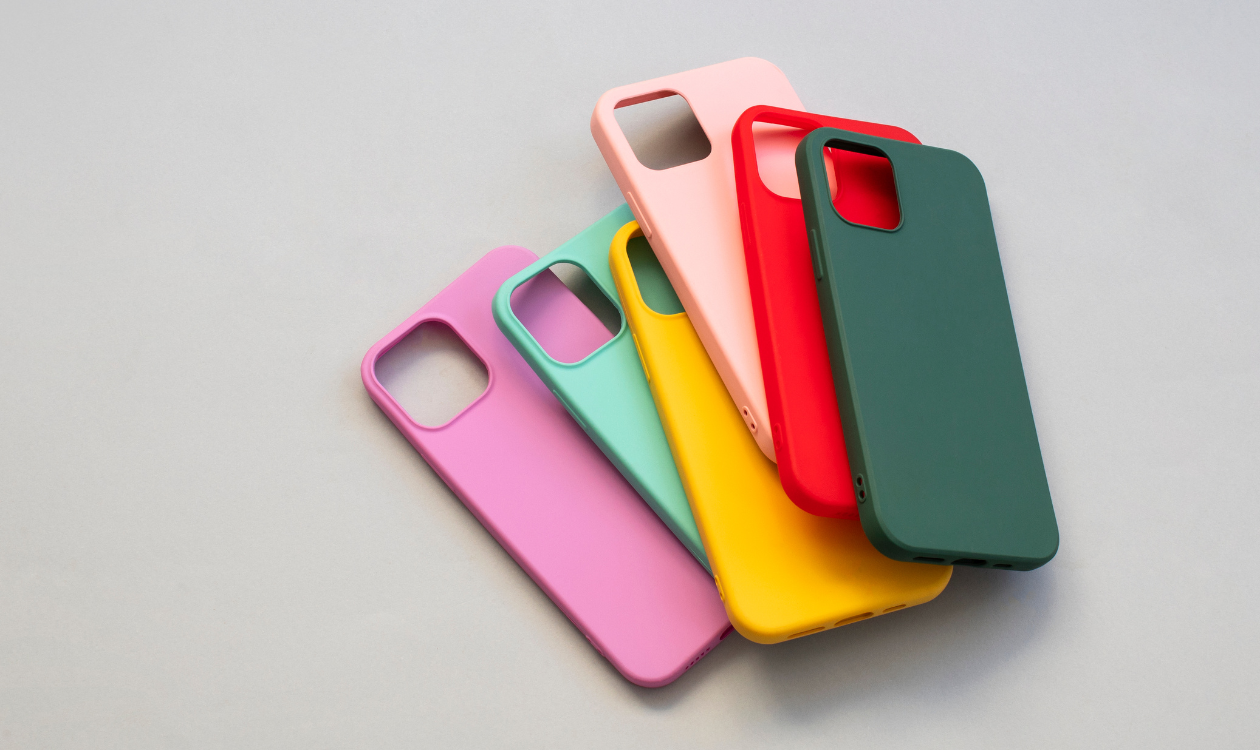In today’s fast-paced digital world, your smartphone is one of your most essential tools. With how much we rely on them, protecting these devices has become crucial. A high-quality phone case serves as the first line of defense against accidental drops, scratches, and other damages. But with the wide variety of options available, how do you choose the best phone case for maximum protection?
In this guide, we’ll break down the key factors you should consider when selecting the right phone case, ensuring your device stays safe and secure.
1. Assess Your Lifestyle and Needs
The first step in choosing the best phone case is understanding how you use your smartphone on a daily basis. Are you constantly on the go, or do you work in a rough environment? Your lifestyle will help determine what level of protection you need.
- Active Lifestyles: If you frequently engage in outdoor activities, sports, or have an active job, you should opt for a rugged, heavy-duty case that offers maximum protection. Look for cases designed with shock absorption and durability.
- Everyday Use: For casual or office use, a slim, yet protective case could suffice. These cases strike a balance between style and protection, offering basic drop protection without adding too much bulk.
- Minimalist: If you prefer a sleek and minimalist look, there are thinner cases that still provide decent protection. These often focus more on scratch resistance and minor impact protection.
2. Understand the Different Materials
Phone cases come in various materials, and each type has its own level of durability and protection.
- Silicone or Rubber Cases: These soft cases are popular because they offer excellent grip, making it less likely that you’ll drop your phone. Their flexibility also provides a bit of shock absorption if your phone takes a tumble. However, they may not offer as much impact resistance as harder cases.
- Hard Plastic Cases: Made from materials like polycarbonate, these cases are more rigid and typically provide better protection against falls and impacts. Hard plastic can spread out the shock of a drop, protecting the phone’s inner components.
- TPU (Thermoplastic Polyurethane): TPU cases offer a blend of both hard and soft case qualities. They’re flexible, absorb impact well, and are more resistant to scratches than silicone cases. They also tend to be more durable over time.
- Leather Cases: Leather cases are more about style but can also provide decent protection. They typically feature a plastic or rubber interior for structure and a leather exterior for aesthetic appeal. They might not be the best option for high-impact protection but are great for preventing scratches.
- Hybrid Cases: Many phone cases are now made with a combination of materials to offer the best of both worlds. For example, a case may have a soft, rubberized interior to absorb shocks and a hard, plastic exterior to provide structure and impact resistance.
3. Check for Key Protective Features
To ensure maximum protection, you should look for certain essential features in a phone case:
- Shock Absorption: The best phone cases are designed to absorb and dissipate the force from a drop, preventing it from reaching your phone’s delicate internal components. Look for cases labeled as “shockproof” or “military-grade” for the highest levels of impact resistance.
- Raised Edges (Screen and Camera Protection): One common area of damage is the phone’s screen and camera. Cases with raised edges, also known as a “lip,” provide extra protection by ensuring that the phone’s screen and camera don’t touch the ground if dropped face-down.
- Drop-Test Certification: Some cases boast drop-test certifications, often labeled as “MIL-STD-810G.” This refers to military standards for ruggedness, meaning the case has passed rigorous testing for durability, especially in scenarios like high drops.
- Grip and Texture: A case with a good grip or textured surface reduces the likelihood of your phone slipping out of your hand. Soft-touch materials, rubberized finishes, or cases with ribbed edges can help maintain a solid grip on your device.
- Port and Button Coverage: A good phone case should cover your phone’s buttons to protect them from dust and debris while still allowing you to use them easily. Make sure that any case you choose provides adequate coverage for ports, buttons, and speakers without limiting functionality.
4. Consider the Bulk and Weight
While maximum protection is essential, it’s also important to balance protection with the case’s bulk. Heavier, more rugged cases provide greater protection but can make your phone harder to carry and use.
- Heavy-Duty Cases: These tend to be bulkier and heavier but offer the most robust protection. Brands like OtterBox or LifeProof specialize in these kinds of cases, which are ideal for people who work in rough environments or who frequently drop their phones.
- Slim Cases: If you prefer a more sleek and manageable case, there are slim options that still provide decent protection. Look for cases made from impact-resistant materials like TPU or polycarbonate for a thinner, lightweight option that still protects your phone.
5. Brand and Warranty
Reputable brands often provide more reliable and higher-quality phone cases. While there are many cheap options available, investing in a well-known brand may offer better protection, longer durability, and possibly a warranty.
Look for brands that are transparent about their product testing and offer customer guarantees, such as drop-protection warranties.
6. Bonus Features to Look For
In addition to protection, some phone cases come with added functionalities that might appeal to you:
- Kickstands: Built-in kickstands are great for hands-free viewing, especially if you watch a lot of videos on your phone.
- Cardholders: Some cases include slots for credit cards or IDs, eliminating the need for a wallet.
- Waterproofing: While not all cases are waterproof, some are designed to protect your phone from water damage, which is especially useful for those who enjoy water sports or work in wet environments.
Conclusion
Choosing the best phone case for maximum protection requires careful consideration of your lifestyle, material preferences, and the level of protection you need. By assessing these factors, you can find a phone case that not only shields your device from harm but also suits your style and daily usage. Whether you opt for a rugged, heavy-duty case or a sleek, minimalist one, the right case will ensure your smartphone stays safe from life’s inevitable bumps and drops.

